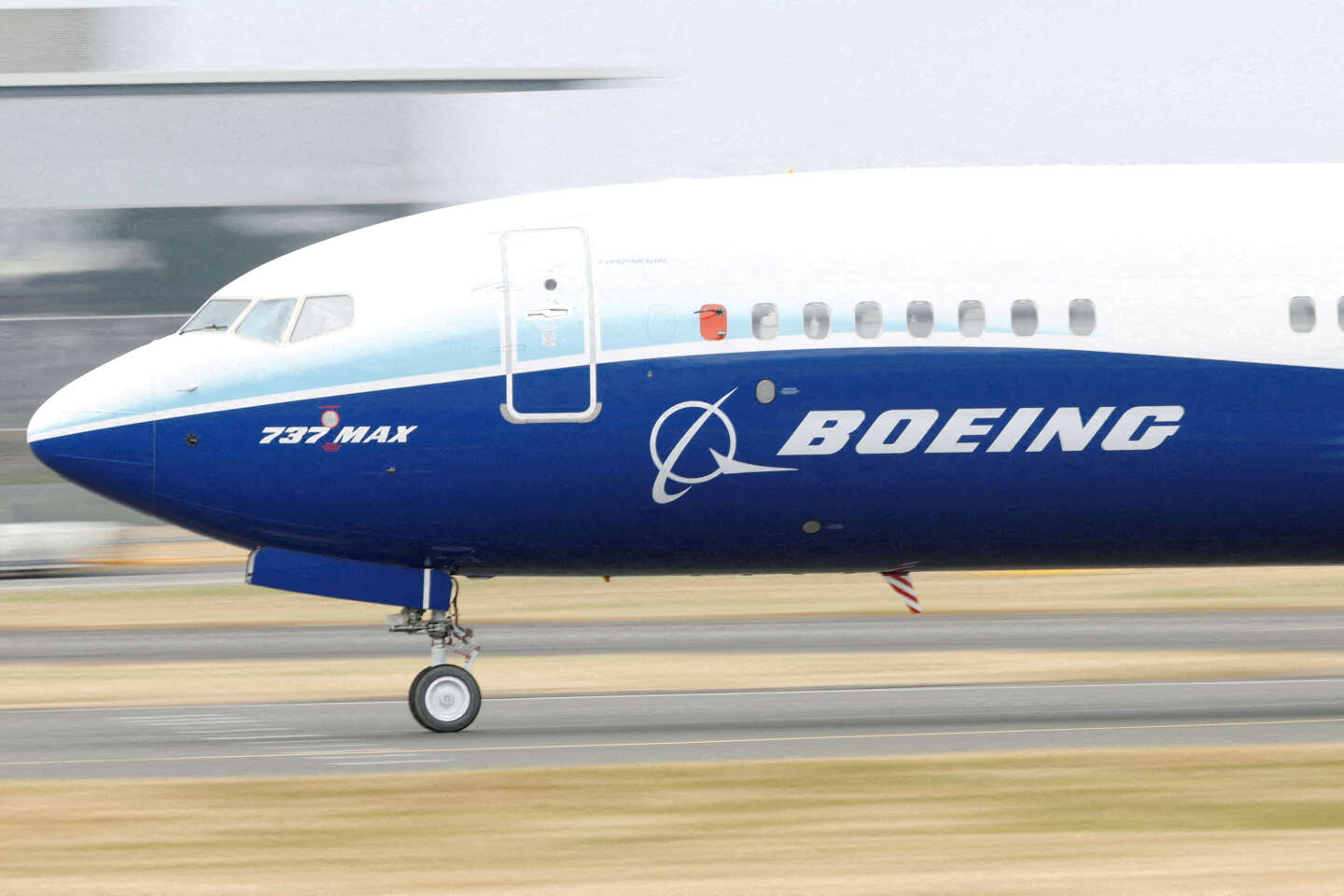


Even before all the recent accidents involving Boeing-built aircraft came to light, and before the recent suicide of a whistle-blower added further intrigue, the US aviation regulator – the Federal Aviation Administration (FAA) – had sent a team into Boeing in 2023 to check its suitability as a regulator.
Its report was published on February 26 (Section 103 Organization Designation Authorizations [ODA] for Transport Airplanes Expert Panel Review Report, FAA, February 26, 2024). It may seem astonishing that US legislation requires manufacturers to regulate themselves, but it's understandable: The complexity of an aircraft is such that the FAA, which has limited resources, can't be asked to do everything without missing something.
Having representatives hold independent supervisory roles within the company, even if they are paid by it, means working hand in hand toward the same objective: safety. At least, that's the theory...
Expertise spread too thinly across the company's sites
The supervisory function at Boeing is indeed separate from the rest of the company. It's well staffed, with 1,000 employees, integrated into the regulatory department under a "chief aerospace safety officer." It can conduct compliance tests and approve plans. But the FAA has observed a general decline in skills, as in the engineering and manufacturing departments.
Seasoned personnel apparently left the company during Covid-19, or retired. Expertise is spread too thinly across the company's various sites. Nothing is in place to coordinate, pool and disseminate this expertise. Some members of the engineering team feel isolated and unsupported, without mentoring or knowledge-sharing initiatives.
This is particularly unfortunate given the recruitment difficulties in the aerospace industry. The transfer of knowledge from one generation to the next has been compromised. Experts are taking on more and more of the FAA's delegated functions. This means less time spent on training junior control engineers, who will say "yes" faster, too fast, in the first round of checks.
No clear channel
Human factors are being neglected. They are essential because it's always a pilot at the controls of an aircraft. Their feedback during testing isn't always escalated all the way up the ladder and factoring in their opinions depends on the responsiveness of the individuals at the upper level. The report does not challenge the competence of the pilots employed by Boeing – on the contrary.
Still, the "chief pilot" who heads them does not hold an equivalent hierarchical position to the "chief engineer." Managers responsible for investigating feedback from their team members are also the ones who will evaluate them (for promotions, salary increases, etc...). No wonder employees are reluctant to raise problems. There's no clear channel for reporting safety issues.
You have 48.68% of this article left to read. The rest is for subscribers only.
